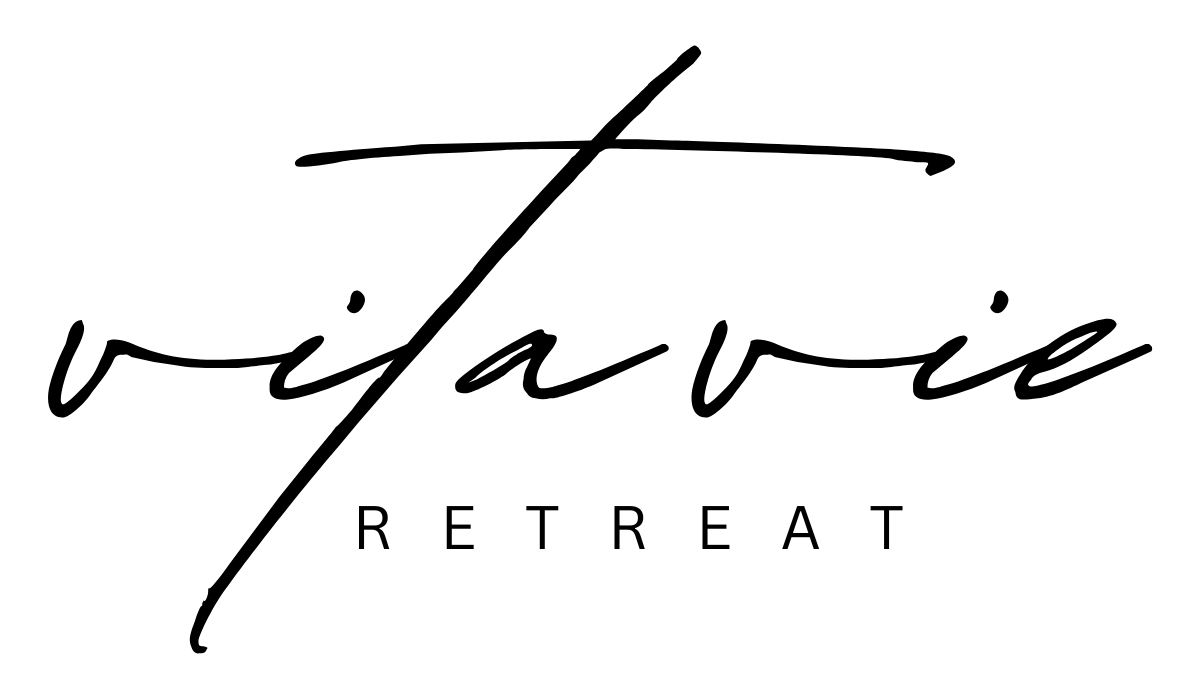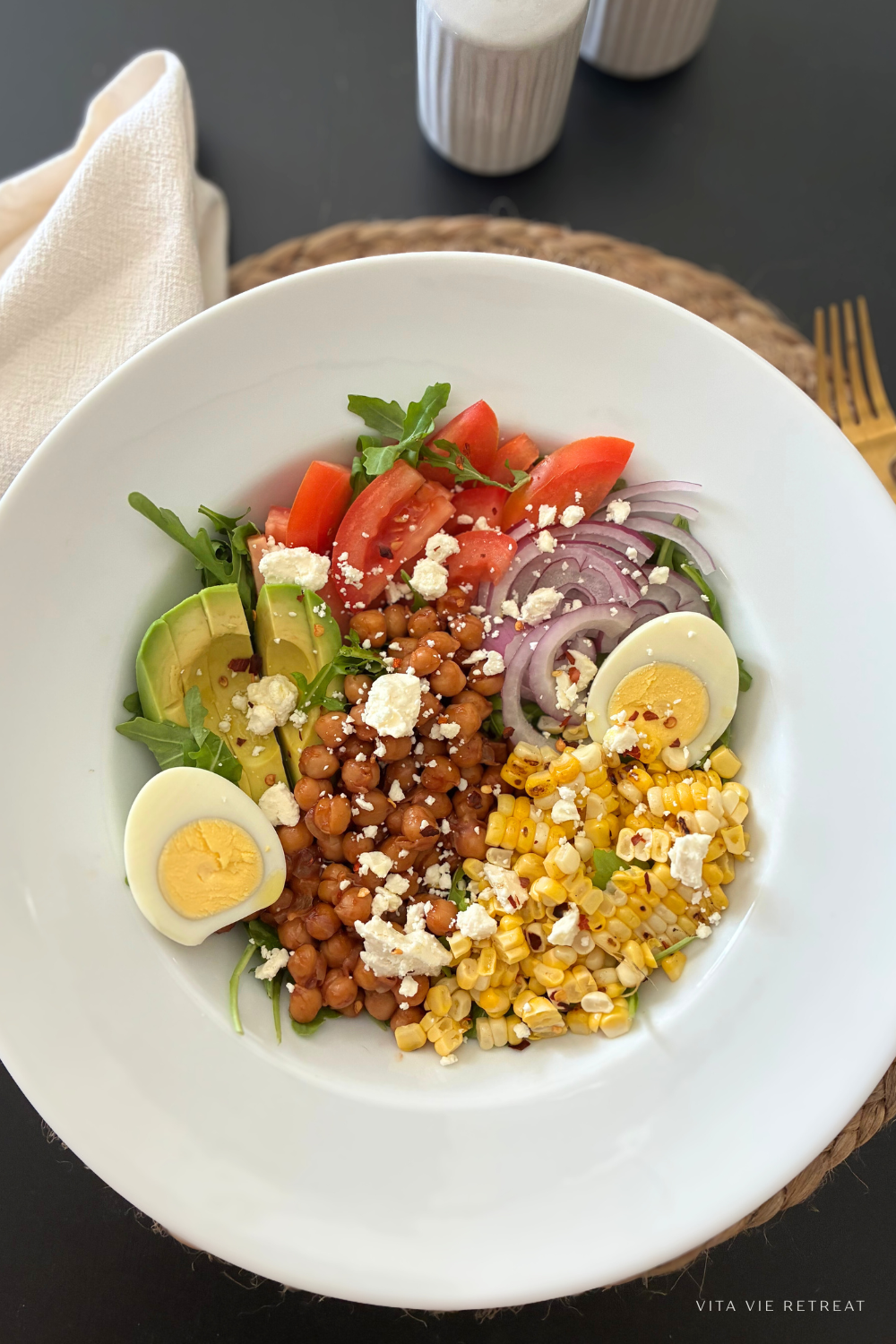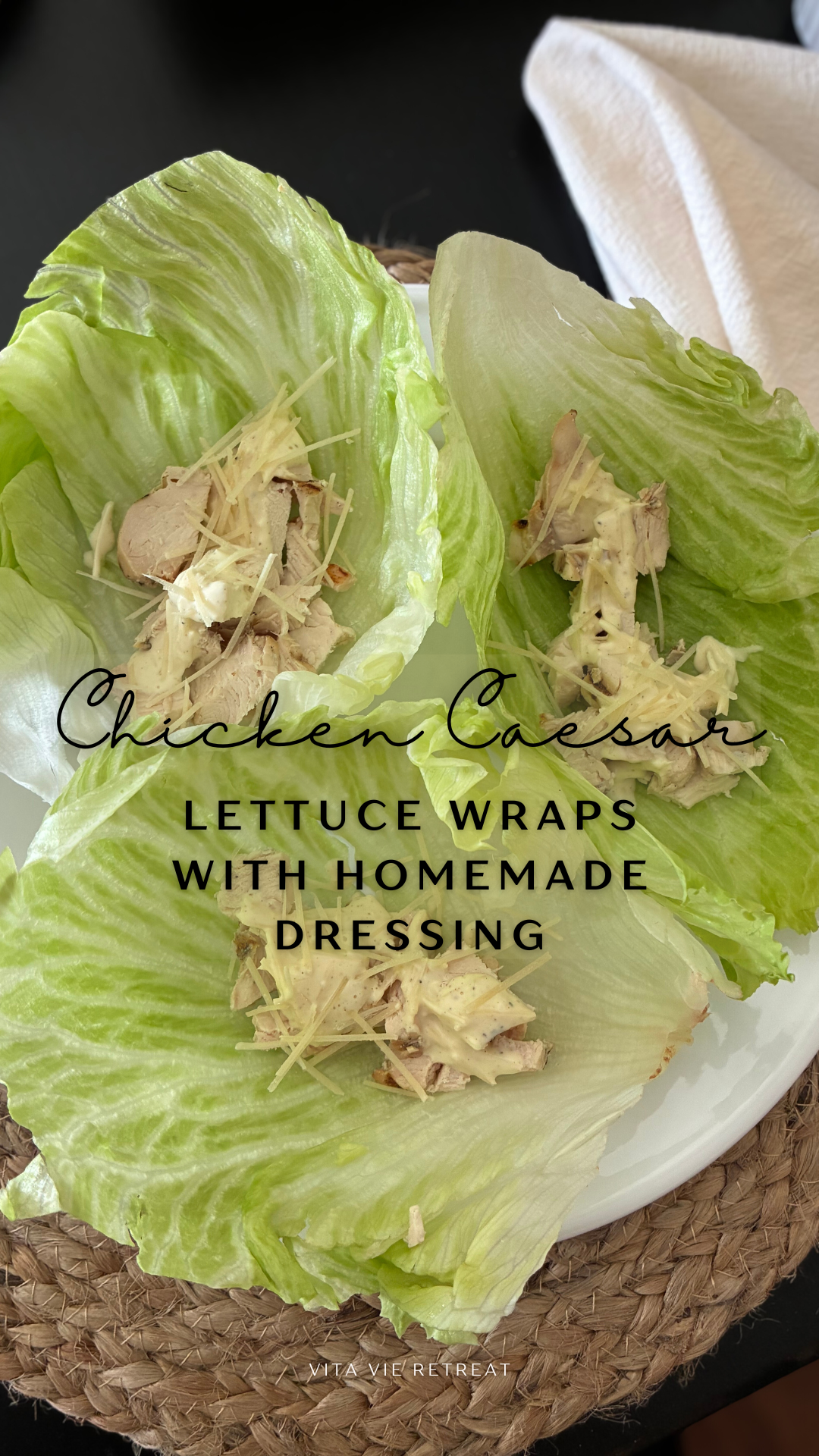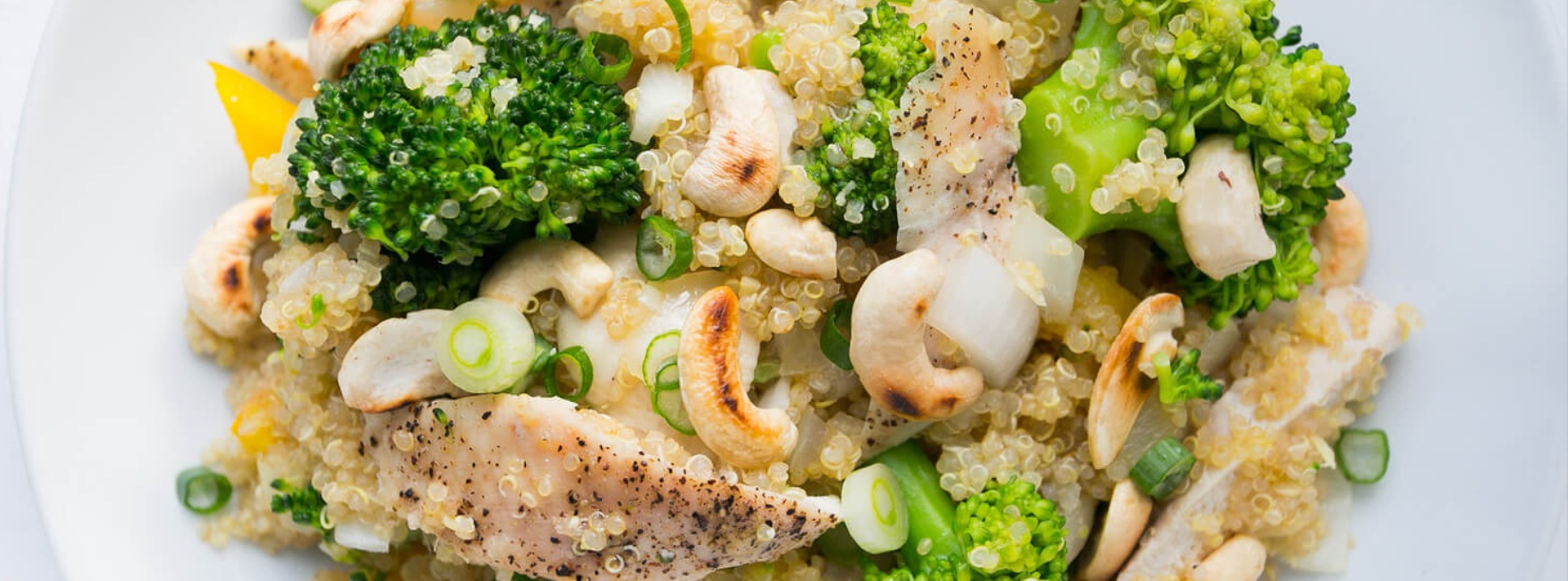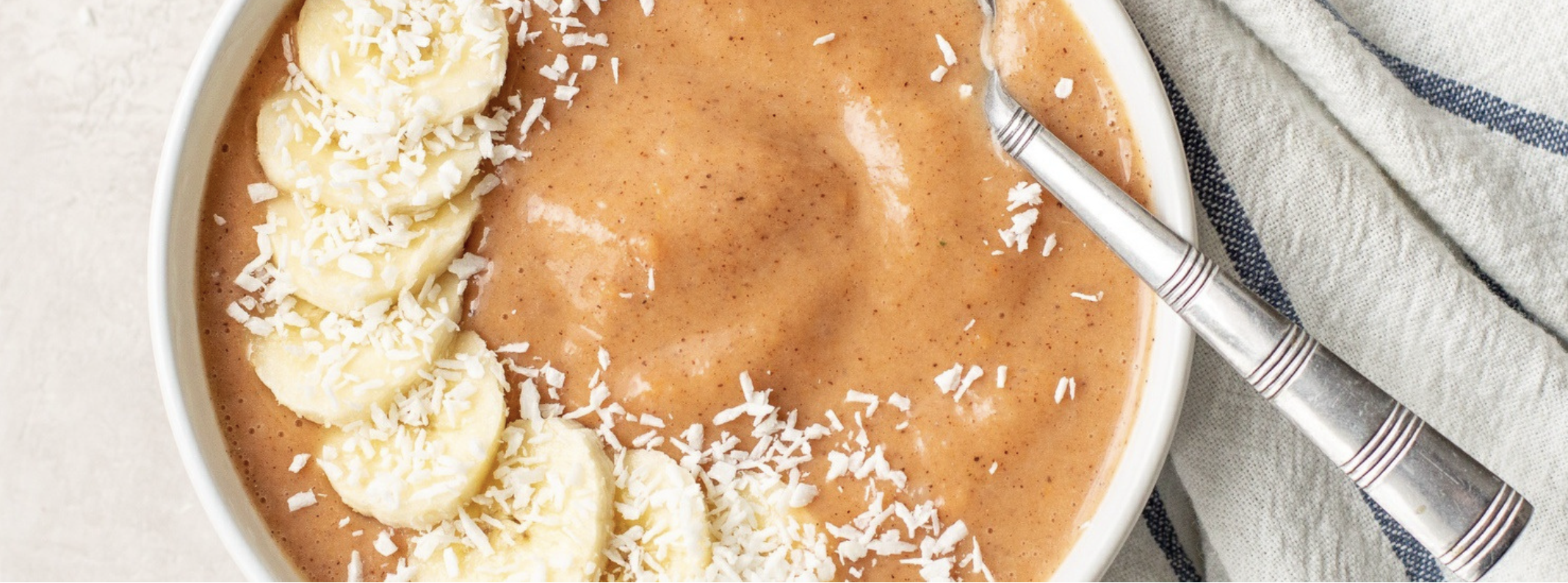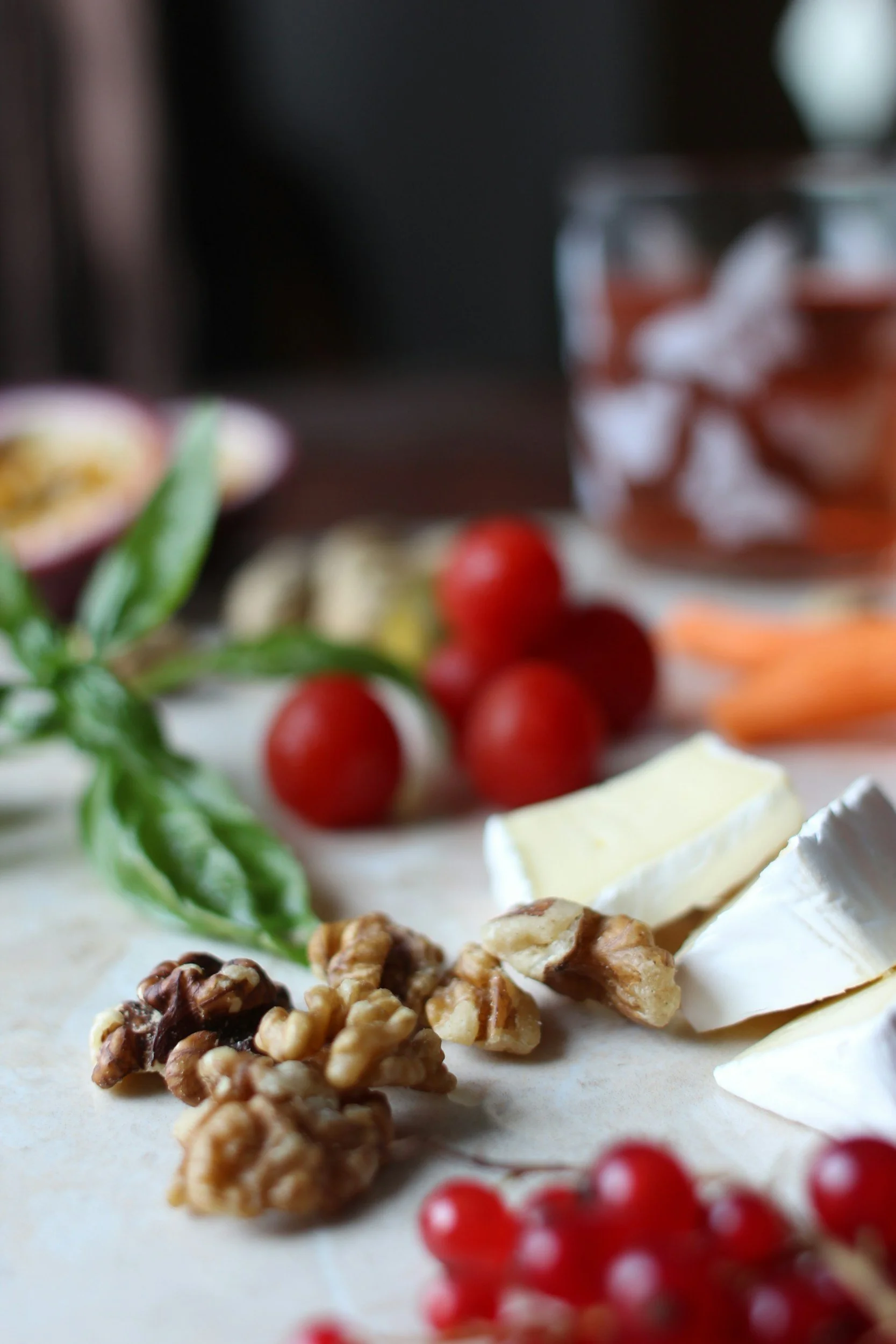How To Eat Gluten Free: 5 Tips
/TIPS FOR GLUTEN FREE EATING
So you’ve decided to eat gluten free – now what? Gluten free eating is definitely a “thing” right now and for good reason. Gluten can cause a whole host of problems in the body. Many people have issues with gluten for one reason or another. They might have a gluten intolerance, an allergy to gluten or have some type of autoimmune issue. All of these can wreak havoc on the body. Whatever the reason that you’ve decided to adopt a gluten free lifestyle, we’re breaking down gluten free eating for you. Plus, we’ve got some helpful tips that simplify how to eat gluten free.
WHAT EXACTLY IS GLUTEN?
First, lets tackle what gluten actually is. Gluten is a protein found in wheat and wheat products. According to the Celiac Disease Foundation, Gluten is a general name for the proteins found in wheat (wheat berries, durum, emmer, semolina, spelt, farina, farro, graham, KAMUT® kho-rasan wheat and einkorn), rye, barley and triticale – a cross between wheat and rye. Gluten helps foods maintain their shape, acting as a glue that holds food together. Gluten can be found in many types of foods, even ones that would not be expected. (celiac.org)
WHICH FOODS CONTAIN GLUTEN?
In addition to the grains stated above, gluten can be found in many of the foods we eat on a daily basis. Aside from the obvious foods that contain gluten (the major grains – wheat, rye and barley), it’s important to consider where else gluten might be hiding.
Here are the common foods you’ll want to avoid:
pasta
other noodles such as ramen, udon, chow mien and egg noodles
bread
pastries and baked goods
crackers and snack foods
cereals
pancakes, waffles and biscuits
condiments – soy sauce, some salad dressings, marinades and other sauces
breading (fried chicken, chicken fingers, chicken wings, etc)
soups and gravies
beer
cross contaminants – foods grown next to wheat, processed in a factory that also processes wheat or foods cooked with the same utensils that were just used to cook wheat
chips and candies
starch and dextrin
meat substitutes
energy bars
There are also a ton of foods that do not contain gluten. It’s always important to show what you CAN eat in contrast to what you can’t so here is a list of the common foods out there that are naturally gluten free.
protein (fish, shellfish, poultry, beef)
eggs
beans
fruit
vegetables
rice (brown, white, wild – all rice is naturally gluten free)
oats (must be certified gluten free)
potatoes
avocado
oils
yogurt
cheese
mustard, mayo
nuts (must be processed in a plant that doesn’t process wheat – check labels)
seeds
protein powders (not meal replacement)
5 TIPS: HOW TO EAT GLUTEN FREE
Adopt a whole food diet. Honestly, this is probably the easiest way to avoid gluten. Focus on eating whole, unprocessed foods. This way you avoid all of the grains, processed foods and condiments that contain gluten. Simple! Adopting a whole food diet allows eating anywhere pretty easy. Whether you’re at a friends house or a restaurant, there are usually options available (salads, protein + vegetables, etc). Plus, it’s a healthier way of eating – not just because it’s gluten free. Here are a few tips for eating a whole food diet.
Protein – pick your favorite! Whether you love fish, shellfish, poultry, beef or pork, pick your favorite and build your meal around your protein. Maybe you’re a plant based eater. What type of plant based protein will you build your meal around? There are endless choices. Local, organic protein is optimal to keep your food free of harmful antibiotics, hormones and chemicals.
Colorful Fruits + Vegetables – Add color to your meals. Colorful vegetables belong at every meal along with a few servings of seasonal fruit per day. Seasonal produce is best to ensure you’re getting the most out of your food.
Healthy Fats – Oils, avocado and nuts are great sources for healthy fats. Create your own salad dressings using oil and vinegar rather than purchasing store bought dressings that may contain a whole host of additives and ingredients you can’t pronounce.
Spice Things Up – No one wants to go without flavor. Use spices, spice mixes and rubs to flavor and marinate your food.
Be selective about gluten free products. It might be hard to think about having to go without some of your favorite foods. There are some great gluten free alternatives out there. Don’t go crazy purchasing every gluten free product available though. Pick out your favorite items that you just can’t live without. For example, maybe you can’t live without bread or pasta. Great, go ahead and choose the gluten free options for those items. At this point in time, there is a gluten free option for almost all of the common foods out there. It doesn’t mean that they are healthy for you though. Most of them are still highly processed foods and contain other types of flours, additives and chemicals that are equally as bad for you. Be picky when selecting gluten free alternatives. Watch out for ingredients you can’t pronounce. Ingredients like “gums”, artificial sweeteners and syrups are worth an eye raise. Here are a few healthy alternatives/ideas to some standard items:
Pasta – Brown Rice Pasta or zoodles
Noodles – Soba Noodles (100% buckwheat – buckwheat is naturally gluten free)
Bread – Udi’s gluten free bread
Soy Sauce – Tamari or Coconut Aminos
Cereal or Granola – Homemade cereals and granola with certified gluten free oats
Flour – King Arthur Gluten Free Flour
Find inspiration in recipes. Understanding how to eat gluten free is like anything else, it comes down to practicing it and getting used to it and just doing it. Gain inspiration from recipes! This is an easy way to find meals that you’ll love while learning what is and isn’t acceptable to eat at the same time. There are some great websites out there (search our blog too for gluten free recipes) that offer a ton of gluten free recipes from breakfast to dinner and everything in between. You’re sure to find your favorite foods that contain gluten in a gluten free version. You might be surprised how easy it is to cook gluten free. Two of our favorite recipe sites are: Skinny Taste + Against All Grain
Get used to reading labels. When purchasing any food that’s in a package (meaning processed foods), get used to reading the label. It’s honestly the safest way to ensure your food doesn’t contain gluten. Labels will always list wheat in the ingredient list if it’s in there. They will also disclose on the label if that product may have wheat in it due to where it’s produced or processed at the bottom of the label. Once you’ve practiced this for a while, you’ll start to know and understand easily which foods to stay away from.
Journal. Like any other changes you make in regards to health, fitness and nutrition, it’s a great idea to journal your progress. Track what’s working for you and what isn’t. A journal can provide some great insight into your experience (did you love one recipe and not another), how you felt (did that gluten free pizza crust give you digestion issues) and how you’re doing (are you reaching your health goals by going gluten free). A journal can be a powerful tool. By jotting down everything, you can look back and determine what’s working and what isn’t for you.
Hopefully these tips will help you understand how to eat gluten free. It really isn’t as scary as it might sound at first. And jumping in and practicing that act of eating gluten free is the best way to get used to this new lifestyle. You’ll quickly learn what works and what doesn’t for you.
If you need additional help with gluten free eating and nutrition, join us for a fitness retreat or check out our Health and Wellness Coaching. We’d love to help you get on the right track. Good luck! – The Vita Vie Retreat Team
GET THE LATEST RETREAT UPDATES + FITNESS TIPS
Sign Up For Our E Newsletter
